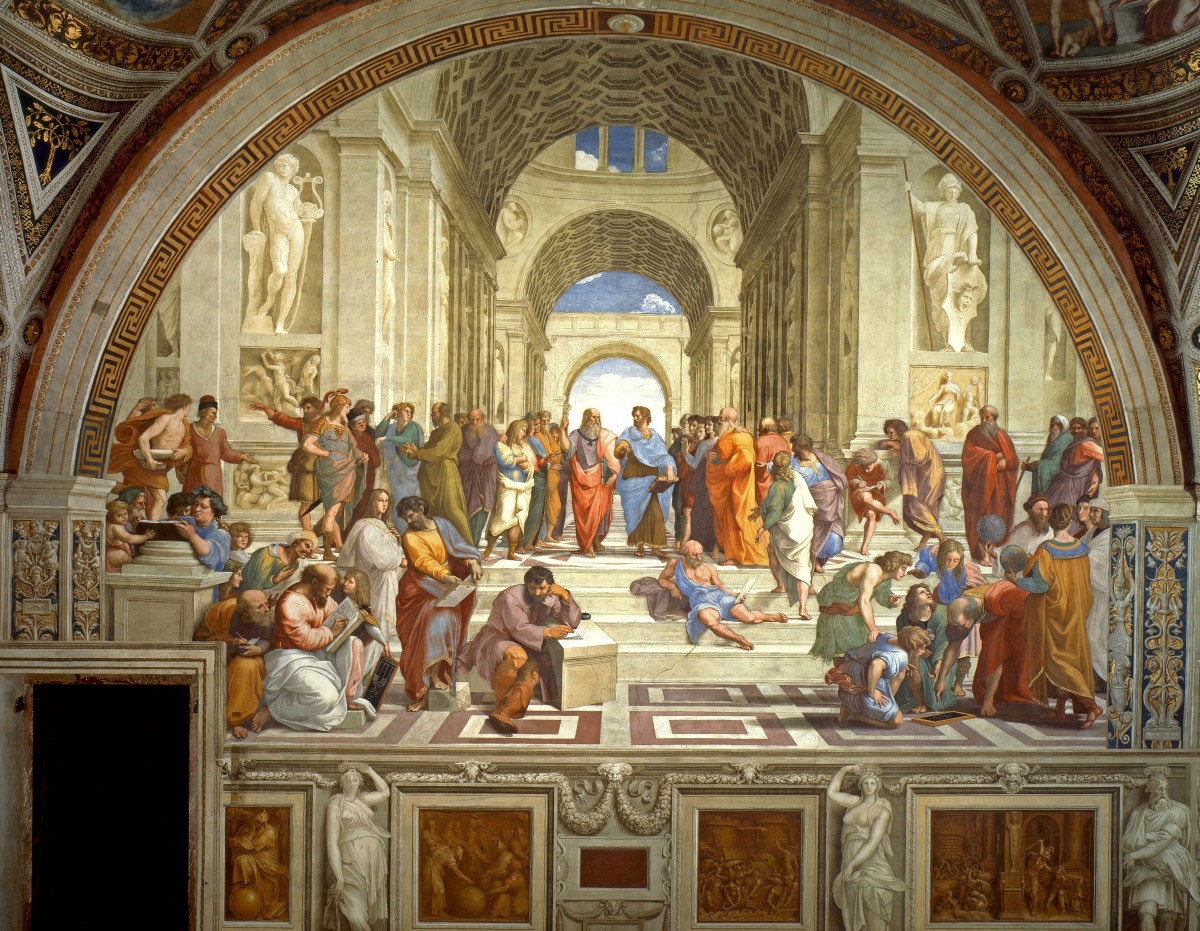Renaissance science as a whole aroused discord within the church. Even though Copernicus dedicated his great book to the pope, Christendom did not welcome a theory that questioned the belief in an earth-centered, human-centered universe. By Copernicus’s time, Western Christendom was preoccupied by its division into the warring factions of Catholic and Protestant. To what extent was the Renaissance responsible for the Reformation?
It is an oversimplification to suppose that the religious individualism of Luther arose directly out of the more general individualism of the Renaissance. In the checkered culture of the age, there were many elements— materialism, self-indulgence, power politics—that are hard to reconcile with traditional Christian values. If pushed to extremes, these elements could indeed become anti Christian—but they were seldom pushed to extremes. Even the most ruthless politicians and financiers remained nominal Christians. Even a pronounced anticlerical like Machiavelli reserved his most stinging criticism for the pope’s claim to temporal authority, not his claim to be head of the church.
Second, the most characteristic intellectual movement of the Renaissance—humanism—proposed to enrich or purify Christianity, not subvert it. Erasmus, perhaps the most representative thinker of humanism, was too strongly attached to Catholicism and too moderate in temperament to be a revolutionary.
Finally, although a religious crisis was indeed gathering during the Renaissance, it was more internal than external. That is, the church was only to a limited extent moved by outside forces operating beyond its control. If the church of the 1400s had been internally strong and healthy, it might have met external challenges successfully. Except in Spain, however, the church set a flabby moral and administrative example. Priests were often illiterate, untrained, underpaid, and immoral; many bishops acted like politicians, not churchmen.
Perhaps the worst shortcomings existed at the top, in the papacy itself. In the fourteenth and early fifteenth centuries the papacy had abandoned Rome for Avignon and gone through the crisis of the Great Schism and the Conciliar movement. It emerged from these ordeals with its power reinvigorated, but its spiritual prestige was gravely damaged.
For three quarters of a century after 1450 the papacy was occupied by men who scored political and military successes and lavished money on learning and the arts. While they bequeathed to posterity the Vatican Library, the Sistine Chapel, and the early parts of the Basilica of St. Peter, they also increased the burden of ecclesiastical taxation. Papal indifference to spiritual functions enfeebled the church at a time when it needed firm control and reform.
The papacy had entered into its long period of being influenced by affairs of state, at first German, then French, then Spanish in the Counter-Reformation, followed by another period of French dominance again, then again Spain. The popes themselves were far less learned, more diverse and politically wise. The first popes were Greek- speaking, then Latin. The first German was elected in 996, the first Frenchman in 999, the only Englishman in 1154, the first Spaniard in 1455. Diversity would not be matched, however, by popes drawn from the outer regions of a church that would shortly experience vast overseas expansion.

